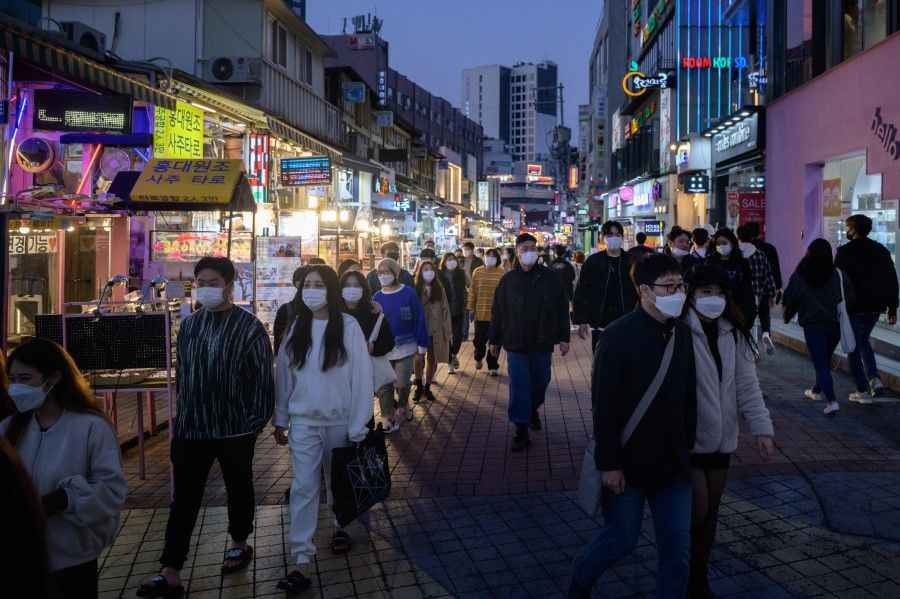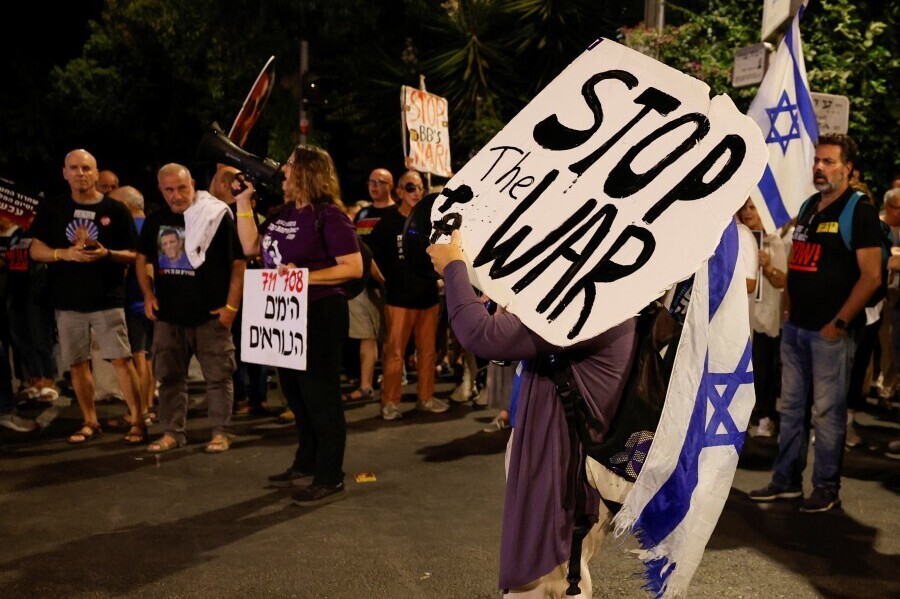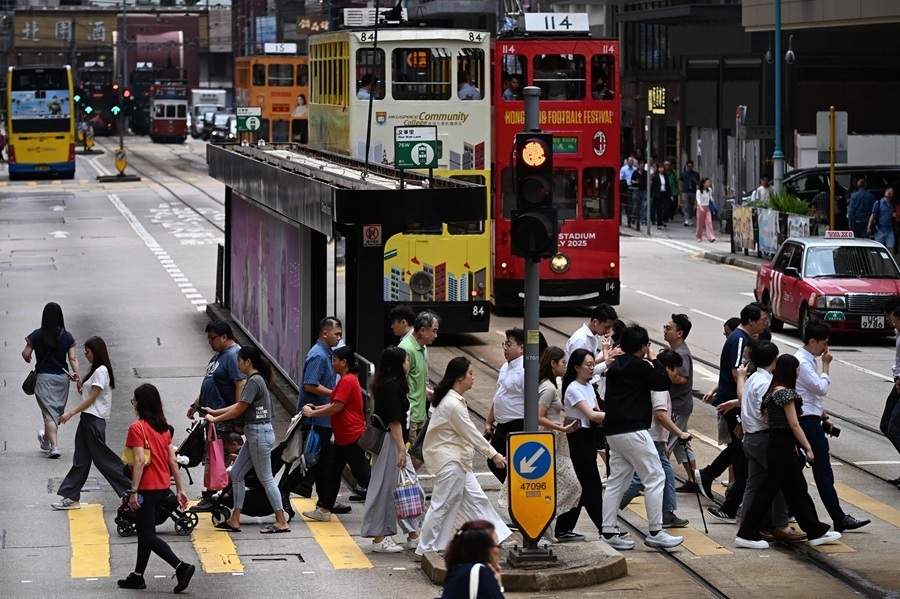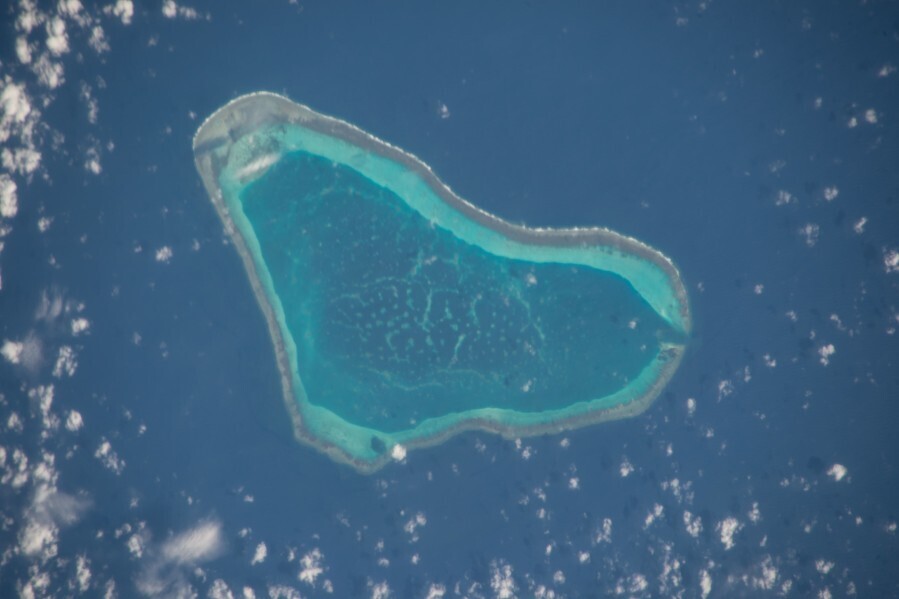South Korea can do more in Southeast Asia
South Korea's economy was one of the best-performing economies this year. Its GDP grew 1.9% quarter-on-quarter in the third quarter. ISEAS academic Victor Teo observes that with its considerable soft power and economic weight, South Korea is well-positioned to become a more important power for Southeast Asia and ASEAN.

South Korea's economy has rebounded well from the Covid-19 recession. Its GDP grew 1.9% quarter-on-quarter in the third quarter, making it one of the best performing economies this year. Driven by a mature local market, Korean MNCs are doubling down to expand operations in Southeast Asia. The three largest South Korean insurers, Samsung, Kyobo and Hanhwa, just announced that they are expanding their operations in Myanmar, Vietnam and Indonesia.
For a country of 52 million people, South Korea punches way above its weight in some key areas, and is looked upon very favourably in Southeast Asia.
South Korea's sustained economic success in Southeast Asia rests on the twin pillars of popular culture and expanding industrial prowess. Since the late 1990s, Korean pop culture, popularised by the Hallyu wave spearheaded by hit Korean movies such as Shiri, Joint Security Area, My Sassy Girl and dramas such as Winter Sonata and Dae Jang Geum, achieved a cult following across Asia. In 2019, the industry was worth US$10 billion.
Korean chaebols (diversified conglomerates) such as Samsung and Hyundai manufacture consumer products which are regarded as being on par with Japanese products functionally and qualitatively, but often at a much lower price. ASEAN member states, collectively, are South Korea's second largest trade partner after China, with bilateral trade of US$149 billion in 2017. For a country of 52 million people, South Korea punches way above its weight in some key areas, and is looked upon very favourably in Southeast Asia.

President Moon's New Southern Policy (NSP) announced in 2017 is a bold attempt to build on these strengths and seek alternative markets in Southeast Asia to prevent an over-reliance on China after the difficulties ROK faced from Beijing over the deployment of the US THAAD missile defence system in South Korea. The stock of South Korean foreign direct investment in Southeast Asia reached U$9.55 billion in 2019, up from only US$3.7 billion in 2008. Seoul has just reaffirmed the NSP with a 6 billion won (US$5.3 million) donation via the UNDP program to install solar facilities for farms in Cambodia and Myanmar as part of the NSP's sustainable development initiative. Seoul recently shared their experiences of combating Covid-19 with Southeast Asian countries.
Yet, the NSP is criticised as remaining an aspirational political vision, mostly rhetorical in nature; interactions are too "high level" in nature and have failed to filter down to the grassroots; and the strategy is skewed towards socioeconomic and cultural realms. Many have questioned if the NSP will outlast Moon's single-term presidency that ends in 2022.
Both want to: build economic resilience by seeking new trade partners and markets; enhance political capital and ensure great power tensions are kept to a minimum; and see the wider region remain peaceful, free and open.
Beyond deeper economic integration, South Korea is uniquely positioned to do more for and with Southeast Asia to respond to the worsening geopolitical tensions and superpower rivalry. Because of her shared history and similarities with the region, South Korea for one shares the region's bitter colonial experience and history of wars of decolonisation and independence in the 20th century. Second, it has no imperial legacy in Southeast Asia. Apart from a decade-long commitment of 350,000 troops to fight in the Vietnam War, South Korea has no history of intervening in the region. Thirdly, it shares important aspirations with ASEAN. Both want to build economic resilience by seeking new trade partners and markets; enhance political capital and ensure great power tensions are kept to a minimum; and see the wider region remain peaceful, free and open.

South Korea has an additional advantage, that is, her status as a US ally and proximity to China. Having to balance treaty commitments to the US and managing relations with China which are testy at times, Seoul can better appreciate the concerns of smaller countries in dealing with great powers. Seoul is better suited than other powers to do more to help Southeast Asian countries improve their strategic options and capabilities.
Given the current strategic climate, Seoul's intervention could be very helpful as its voice of reason and positive image would likely resonate more effectively in Beijing, Washington and ASEAN.
Reflecting this potential, the Moon administration, in a low-key manner, is promoting greater defence industrial cooperation with Southeast Asia. South Korea has donated a corvette to the Philippine Navy, while the latter has agreed to purchase two 2,870 ton frigates from South Korea for 37 billion won. Seoul has sold Indonesia Chang Bogo-class submarines. Thailand bought a 3,650-ton Daegu-class frigate last year for 52 billion won from Daewoo Shipbuilding Marine Engineering, or DSME. From 1999 to 2018, South Korea was the sixth largest arms supplier to the region, ranking just below China and above the UK.
Going forward Seoul should look to help ASEAN build trust and cooperation with China since Seoul has endorsed the "ASEAN Outlook on the Indo-Pacific" that was released in June 2019. South Korea can encourage and amplify ASEAN's values and norms enshrined in the ASEAN Charter, and assist ASEAN to further socialise China into accepting and abiding by international law including UNCLOS. Seoul can facilitate dialogue between China and Southeast Asian countries in a wide variety of areas, including the management and regulation of fishing rights and commons. Additionally, Seoul has the potential to be an honest broker to help moderate tensions in the region between the US, China and ASEAN. Given the current strategic climate, Seoul's intervention could be very helpful as its voice of reason and positive image would likely resonate more effectively in Beijing, Washington and ASEAN.
This article was first published as ISEAS Commentary 2020/173 "South Korea's Southeast Asian Potential" by Victor Teo.





